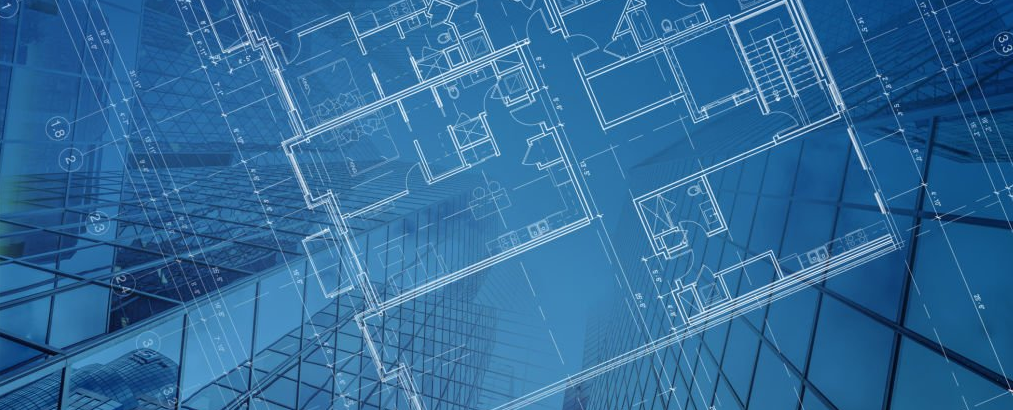
The construction industry is undergoing a paradigm shift, and at the heart of this transformation is Building Information Modeling (BIM). In this article, we delve into the history, significance, and evolution of BIM in the HVAC-R industry, exploring how manufacturers, PIM, and BIM libraries play crucial roles in this revolutionary journey.
History of BIM: A Transformative Journey
Decades after the first emergence of Building Information Modeling, its impact on the construction sector is undeniable. The journey of BIM began in the 1970s, evolving through the 1980s and 1990s with advancements in software tools. However, it was in the early 2000s that BIM, as we understand it today, was defined.
ISO 19650, published in 2018 and expanded in subsequent parts, provided an international standard for managing information using BIM over the entire life cycle of a built asset. Today, BIM has established itself globally, taking the construction industry into the 21st century and beyond.
Before the advent of BIM, construction projects relied on manual processes, hand-drawn plans, and fragmented communication. The digitalisation of construction began with tools like Computer Aided Design (CAD) in the 2000s, but it wasn't until BIM's widespread adoption that the industry experienced significant changes.
BIM introduced streamlined processes, reduced risk through early issue identification, and enhanced information sharing,. providing a higher level of understanding and clarity among all project partners, as well as fostering better decision-making. The ability to make real-time changes in designs, coupled with accurate procurement information, resulted in substantial time and cost savings.
BIM also brought environmental benefits, aligning with the industry's growing focus on sustainability, as the world emphasizes net-zero goals. The BIM libraries, serve as dynamic resources that designers can explore, select, and download based on their project requirements. These digital libraries operate 24/7, providing inspiration and solutions.
Understanding BIM in the HVAC-R Industry
As defined by ISO 19650, BIM involves creating a shared digital representation of a built asset. In the HVAC-R industry, this goes beyond mere representation; it's a holistic approach to collate, manage, and share multi-disciplinary data. BIM provides a single source of truth, ensuring that every team involved in a project works from the same data held in a shared data environment.
The BIM model serves as a virtual twin of the building, allowing accurate simulation of project aspects such as timescales, costs, energy usage, and component performance. This virtual environment enables proactive issue resolution, preventing real-life costs and delays.
At the core of BIM models are BIM objects – virtual representations of products. These 3D objects contain a wealth of information, from weight and material to certifications and warranties. Manufacturers, being the primary creators of BIM objects, play a pivotal role in shaping the BIM landscape. Accurate, reliable, and up-to-date product information is crucial for creating intelligent, standardised, and interoperable BIM objects.
BIM objects not only optimize brand visibility but also serve as tools for simulating product performance and identifying clashes or interferences.
As a response to the challenge of managing data accurately and efficiently, Eurovent Certita Certification provides manufacturers with ProdBIM, a PIM solution to manage certified data, with the result of improving workflows and expanding market reach.
PIM (Product Information Management) allows manufacturers to centralise and manage product information, through a single source of truth for each product within the BIM process. It streamlines the creation, updating, and management of BIM objects and product data, ensuring consistency and reliability. PIM can connect with data pools, vendor data, marketplaces, and more. Eurovent certified manufacturers can do so too with ProdBIM, extending the benefits derived from their certification through publications on online catalogues, e-commerce platforms, and other digital assets.
As a notable signal of BIM's evolution, the Turkish government is launching subsidies to aid companies in transitioning to BIM standards, highlighting the global recognition of BIM's significance. This financial support underscores the commitment to fostering a standardised, digital construction industry.
How BIM Has Changed the Construction Industry
With the HVAC-R industry embracing BIM, manufacturers can enhance their product visibility and increase brand awareness by providing BIM-ready objects to architects, designers, and BIM modelers.
Manufacturers, whether creating BIM objects in-house or outsourcing the work, benefit from having a robust PIM system in place. Product Information Management tools allow manufacturers to centrally manage internal and external product information, ensuring the creation of intelligent, standardised BIM objects.
Challenges for Manufacturers in the BIM Landscape
Despite the progress, challenges persist, from increasing data standardisation to harmonizing legislations.
For this reason, the journey of BIM in the HVAC-R industry cannot be a passive change, and is not just a technological evolution; it's a redefinition of how stakeholders collaborate, innovate, and bring projects to life. As we navigate this era of digital transformation, the role of manufacturers as key contributors to the BIM ecosystem cannot be overstated. With standardised BIM objects, efficient PIM systems, and dynamic BIM libraries, manufacturers are not just adapting to change – they are driving it, shaping the future of construction, one BIM model at a time.
If you want to know more about the role of BIM in transforming the industry, or need guidance and support on your journey to digitalisation, ProdBIM can help.

Questions?
We'd love to hear from you!
Whether you have questions, feedback, or ideas to contribute, we look forward to connecting, sharing our vision, and learning from your perspective.